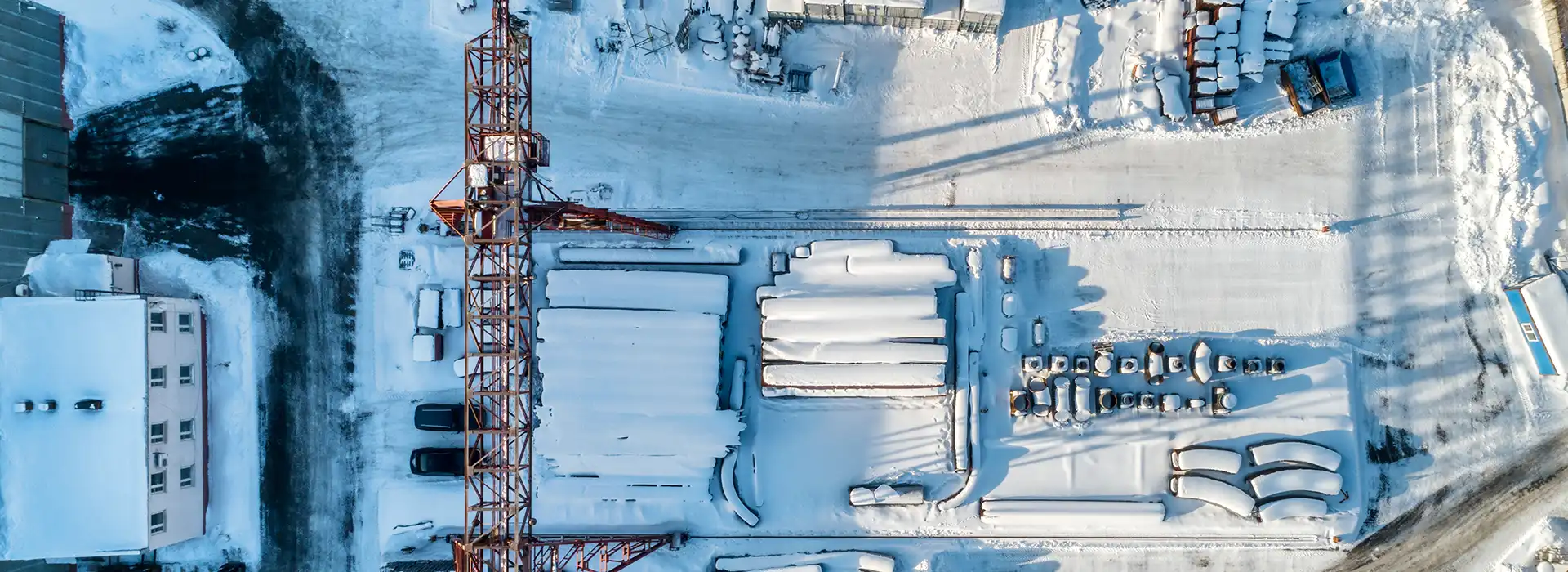While the COVID-19 pandemic has given the Government’s net-zero emissions policy an unexpected boost – thanks to a 34% fall in carbon emissions during the first four weeks of lockdown – the outlook remains pessimistic for policymakers.
Look no further than this statement from the executive director of the International Energy Agency: “This decline in emissions, the biggest in history, is the result of economic trauma…It is nothing to celebrate. It is not the result of policy. This decline will be easily erased if the right policy measures are not put in place.”
The Department for Transport’s Road to Zero paper leans heavily towards electrification as the most viable and ‘proven’ solution for reducing levels of harmful emissions on our roads.
However, in the interest of being technologically neutral and ‘open to alternatives’, the paper sets out no clear directive. Particularly for HGVs – where e-mobility isn’t set-up to meet commercial energy demands.
Although we are all on the journey to a low-emission future together, the transport industry must be realistic with how quickly zero-emission haulage can be implemented – especially where existing infrastructure is lacking.
Time for action
There’s no question that the road transport industry is under pressure to reduce emissions of air pollutants such as nitrogen oxides (NOₓ) and particulate matter (PM). According to the Clean Air Strategy, road transport is responsible for 34% of NOₓ and 12% of primary PM. The sector is also expected to remain the largest contributor of carbon dioxide (CO2) emissions, consuming 32% of total energy demand. The pandemic has undoubtedly provided some respite, but the emissions curves are trending upwards once again.
Much progress has been made in reducing emissions from HGVs, with recent figures showing NOₓ emissions to have halved in the past five years thanks to the introduction of Euro VI engines. But business as usual is not an option. As the world looks to the UK to take the lead on emissions, the transport sector will have a big part to play in the clean energy transition.
What’s holding back the switch to cleaner fuels?
The successful, widespread adoption of any new technology primarily depends on three factors: cost, feasibility and policy. It is an uncomfortable truth that – when it comes to HGVs – there is no single energy solution to the air quality problem.
While retrofitting vehicles with new technologies could have a significant impact, this would be unrealistic in the short-term due to its cost-prohibitive nature. Furthermore, the high energy density requirement of HGVs limits alternative options. Vehicle weights are also a consideration – with the bulky, heavy-weight fuel cells required for some alternative energy sources likely to impact on HGV efficiency and payload capacity. Looking to electrification, the infrastructure simply isn’t there to support a full transition – for now.
Fuels for now
With no clear short or mid-term directive from the Government when it comes to alternative energy sources for HGVs, and different OEMs championing different solutions, it’s little wonder there’s a confused transitional landscape.
The reality is, the intense duty cycles of HGVs mean that liquid fuels will still be required well into the future. But there’s good news: liquid fuel technologies do exist to reduce emissions of air pollutants from HGVs to improve local air quality immediately – without requiring investment in new machinery or retrofitting existing vehicles.
These readily-available ‘fuels for now’ are key to kick-starting the journey to low emissions, offering a technically and commercially-sound stop-gap while paving the way for longer term developments.
Making the case for alternative liquid fuels
In the case of GTL, part of the paraffinic family of fuels, the benefits have been proven. This particular formulation is based on gasification chemistry and can achieve similar performance levels to diesel while reducing emissions of NOₓ, PM and carbon monoxide.
With noted benefits including high energy density, ease of use and safe handling – supported by security of supply and approvals from many OEMs – GTL delivers an exceptionally strong value proposition.
This suite of products could also prove to be more effective than other alternatives, with drop-in technologies such as GTL requiring no modifications to machinery or investments in equipment upgrades.
Furthermore, the infrastructure for liquid fuels is well-established; its supply chain can be commoditised and developed (with the potential to be low cost) and, as such, this energy category represents the most robust and reliable transformation path – at least in the short term.
Looking ahead
As renewable energy sources remain unreliable as a failsafe alternative, there has to be a short to medium-term stopgap that satisfies security of supply and sustainability concerns, while driving towards all the strategies and government policy initiatives. A broad mix of energy sources will surely enable the most cost-effective and robust transformation path to a low-emission future.
It’s possible that the quick wins offered by alternative liquid fuels are being overlooked because of an over-emphasis on the zero-emission end goal. Naturally, that is where we all want to be. But without embracing evolving enhancements in fuel technology, the truth is it will take us much longer to get there.
Certas Energy has developed an Energy Reality series to help transport businesses and HGV drivers understand today’s new alternative energy mix. Download it for free here.
Fuel up now
Certas Energy supply GTL Fuel via a fleet of 900 tankers, operating from 130 local depots nationwide and bunker sites, including Liverpool and Southampton.
Find out more about GTL Fuel
Contact Certas Energy Team
TAKE CONTROL OF YOUR FLEETS FUEL
Ready to start fuelling your business' success?
Steamline your fleet operations, control costs, and experience the benefits of Certas Energy Fuel Cards. Get in touch to start saving today.




